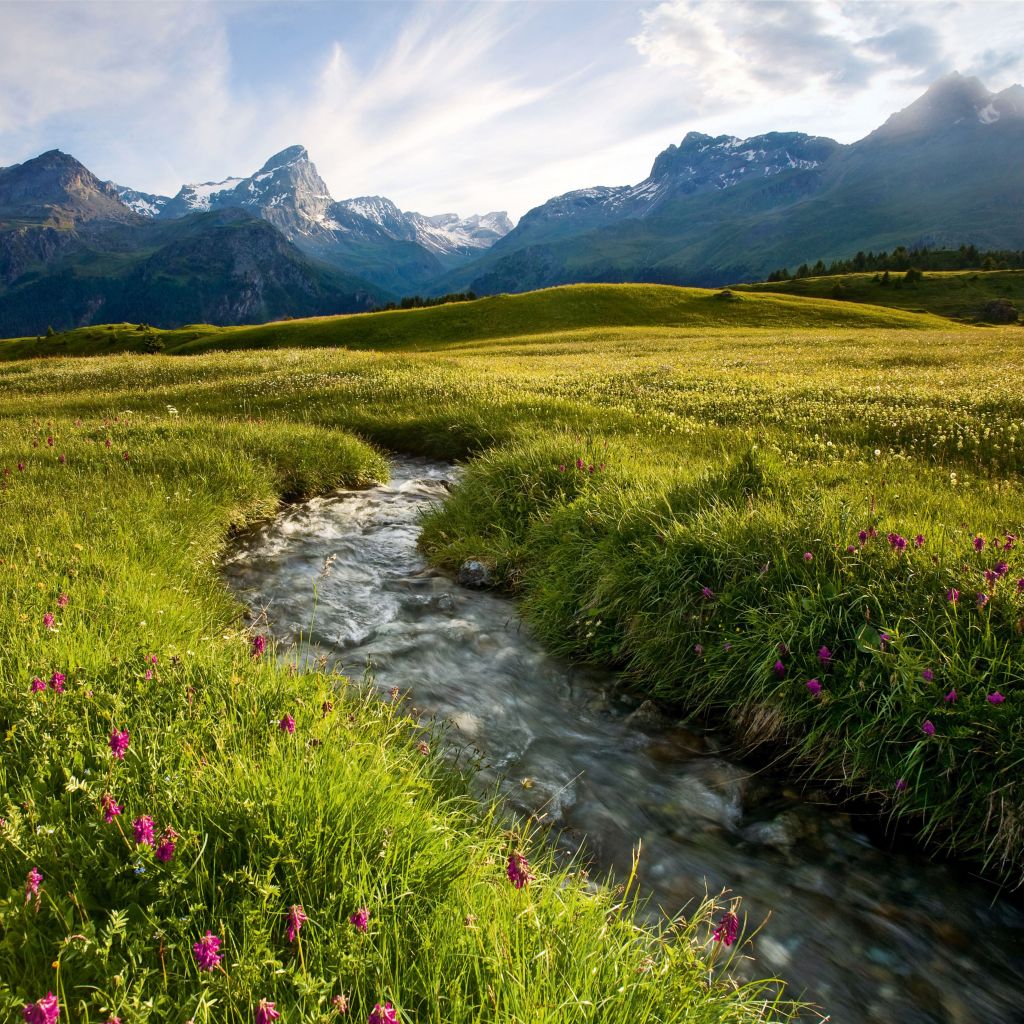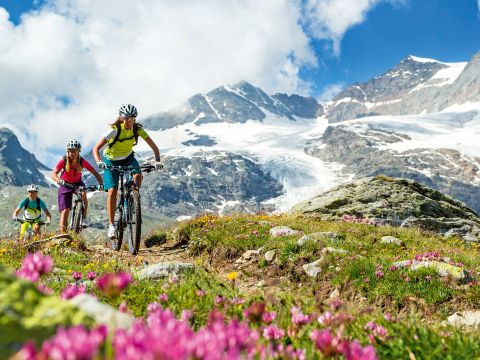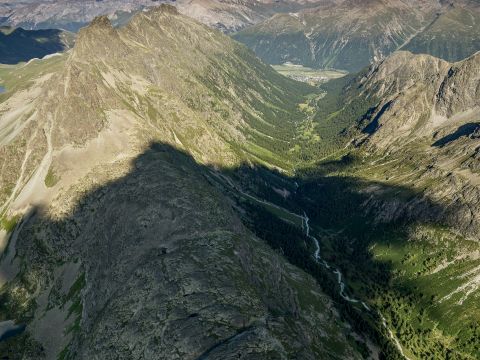Naturally beautiful: Parc Ela

The variety of nature shows its greatness in this amazing Park. In the heart of the canton Graubünden, between wild landscapes is the biggest Regional Nature Park of Switzerland and attracts due to its primeval nature, original villages and rich historical heritage.
Glaciers and fields of compacted snow characterise the barren Kesch-Ducan region, with its high, flat moorland and mountain lakes forming a diverse mosaic on Alp Flix. The landscape of Parc Ela is full of contrasts, ranging from rough and wild to soft and romantic, but always with something new to fascinate.
Covering an area of 548 square kilometres (approx. 211 square miles), Parc Ela is the biggest nature park in Switzerland. Occupying a many-faceted landscape around the Alpine passes of Albula, Julier and Septimer, it offers primeval nature, intact Romanic villages and a rich, living culture based around the Romansh, Italian and German languages. The municipalities that border onto the nature park work together to strengthen the regional economy, conserve nature, protect the countryside and preserve the area’s cultural heritage.
Parc Ela has held the official designation of “Regional Nature Park of National Significance” since 2012, with federal and cantonal protection subsidies guaranteed until 2021. Its status will be subject to reapplication in 2021. The Parc Ela Association, which looks after the nature park, also takes care of the implementation and further development of its concept, while conducting, together with local partners, various projects in the areas of nature, culture, landscape, tourism, regional products, energy, transport, education and research.
Building in the nature park
New buildings often suppose a significant intrusion into existing natural landscapes as they alter their character. This also applies to the rebuilding of the Albula Tunnel II in the middle of Parc Ela. Building in nature parks is in fact allowed – under certain conditions. A Swiss government ordinance adopted in 2007 sets down guidelines for parks of national importance. These cover new building work and how it can be made to harmonise with nature and rural landscapes:
Art. 20, Conservation and appreciation of nature and landscape
If the quality of nature and landscape in regional nature parks is to be preserved, the following points apply:
|
a. |
The variety of native animal and plant species, their habitats and rural and village landscapes must be maintained and improved wherever possible; |
||
|
b. |
Valuable habitats of native flora and fauna are to be appreciated and collectively conserved; |
||
|
c. |
The construction of new buildings and infrastructure must conserve and enhance the character of the landscape and its overall image; |
||
|
d. |
Existing buildings and items of infrastructure that act as obstacles to the proper appreciation of the landscape and its image must have their impact reduced or be eliminated. |
The RhB has set itself the objective of minimising as far as possible the negative affect of building work on nature and local landscapes. Everything that it undertakes to bring about the construction of the Albula Tunnel II is examined in accordance with the corresponding statutory provisions and in the light of sustainability.

